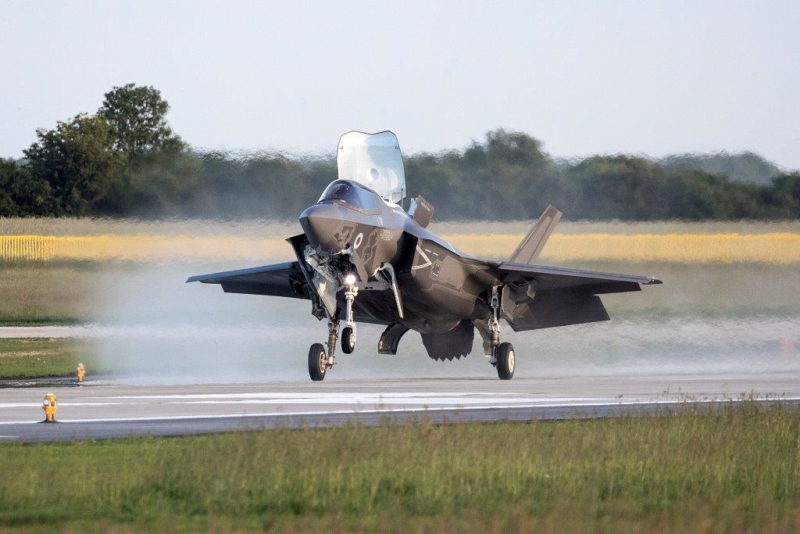Giving fighter jets the space to fly
7 March 2019As the UK becomes the largest user of F35 jets outside of the US, how does this modern fighter aircraft, capable of flying at 1.6 times the speed of sound, train in some of the world’s busiest and most complex airspace?
Forming part of a huge investment to secure the UK’s future security, and with the Royal Navy’s two new carriers – the HMS Queen Elizabeth and HMS Prince of Wales –specifically designed to accommodate the F35, it is critical they can successfully train and operate.

The UK has a longstanding commitment to Flexible Use of Airspace (FUA), a cooperative approach where some sections of airspace are shared by civil and military air traffic. For example, areas classed as ‘Managed Danger Areas’ can effectively be turned ‘on’ to allow for tactical freedom to undertake vital training, or turned ‘off’ to allow aircraft carrying passengers to fly through.
With the F35’s based at RAF Marham in Norfolk, it makes most sense for training to take place in the Managed Danger Area off the east coast of England. However, the capabilities of these new aircraft mean that the fighter jets need a larger area of airspace to train before they can be deployed. This enlarged airspace extends over land to allow for interaction with land-based sensors and to cater for air to ground training procedures.
Following the Civil Aviation Authority’s approval of the MOD’s plans for airspace change, NATS supported the project by designing the airspace and working with other airspace users. Part of this work involved coming to an agreement to allow segments of the enlarged area to be suppressed when weather dictates civil aircraft must fly a northerly route, to ensure the North Atlantic flows from Europe to the USA are unaffected. Additionally, a new cell was set up at NATS’ Swanwick Centre to allow the MoD to hand back segments of the Danger Area when they are no longer required, ensuring the expeditious flow of civil aircraft continues.
The project would not have been possible without controller training to adapt to the new way of working and the necessary system adaptation across NATS Prestwick and Swanwick Air Traffic Control Centres – a significant undertaking.
The new airspace went live on 28th February 2019, becoming the first formalised sharing of airspace in the UK and taking another step to advancing aviation and keeping the skies safe.
Comments
Please respect our commenting policy and guidelines when posting on this website.

06.03.2019
18:29
Robert Farrell
Thanks for the explanation, interesting.